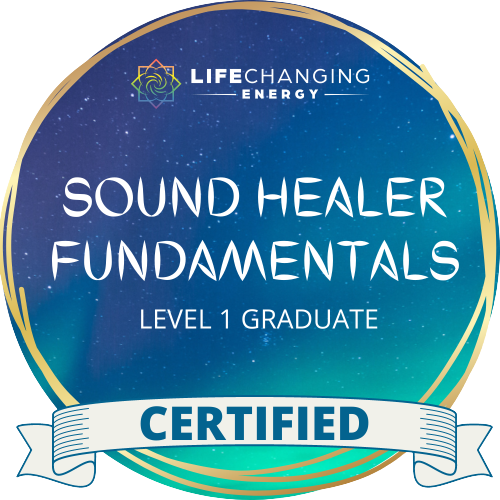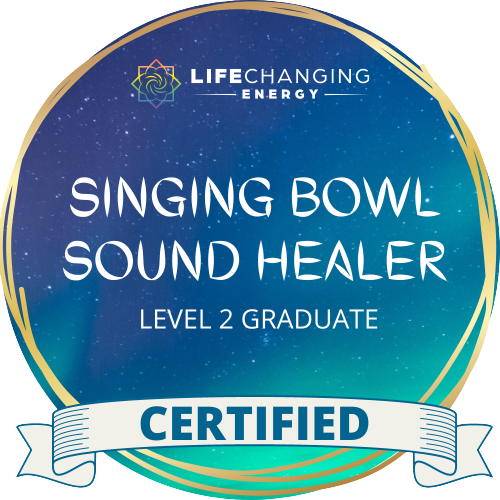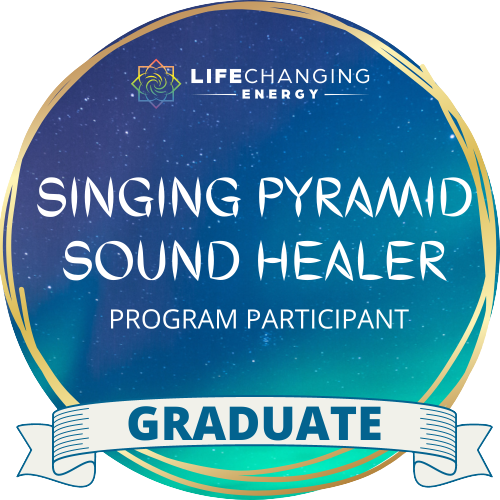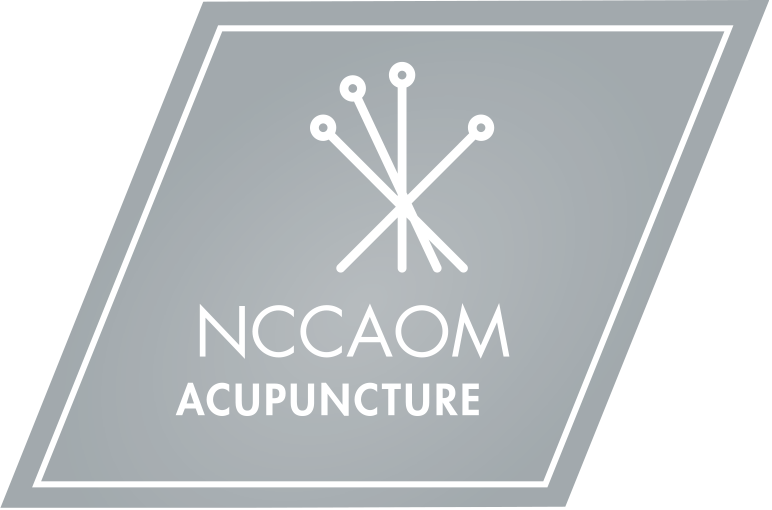Zach Osgood
Certified Expert Sound Healer and Reiki Master
Divine Masculine Healer, Masculine Shadow Coach & Masculine Archetypes coach
Human Design Coach
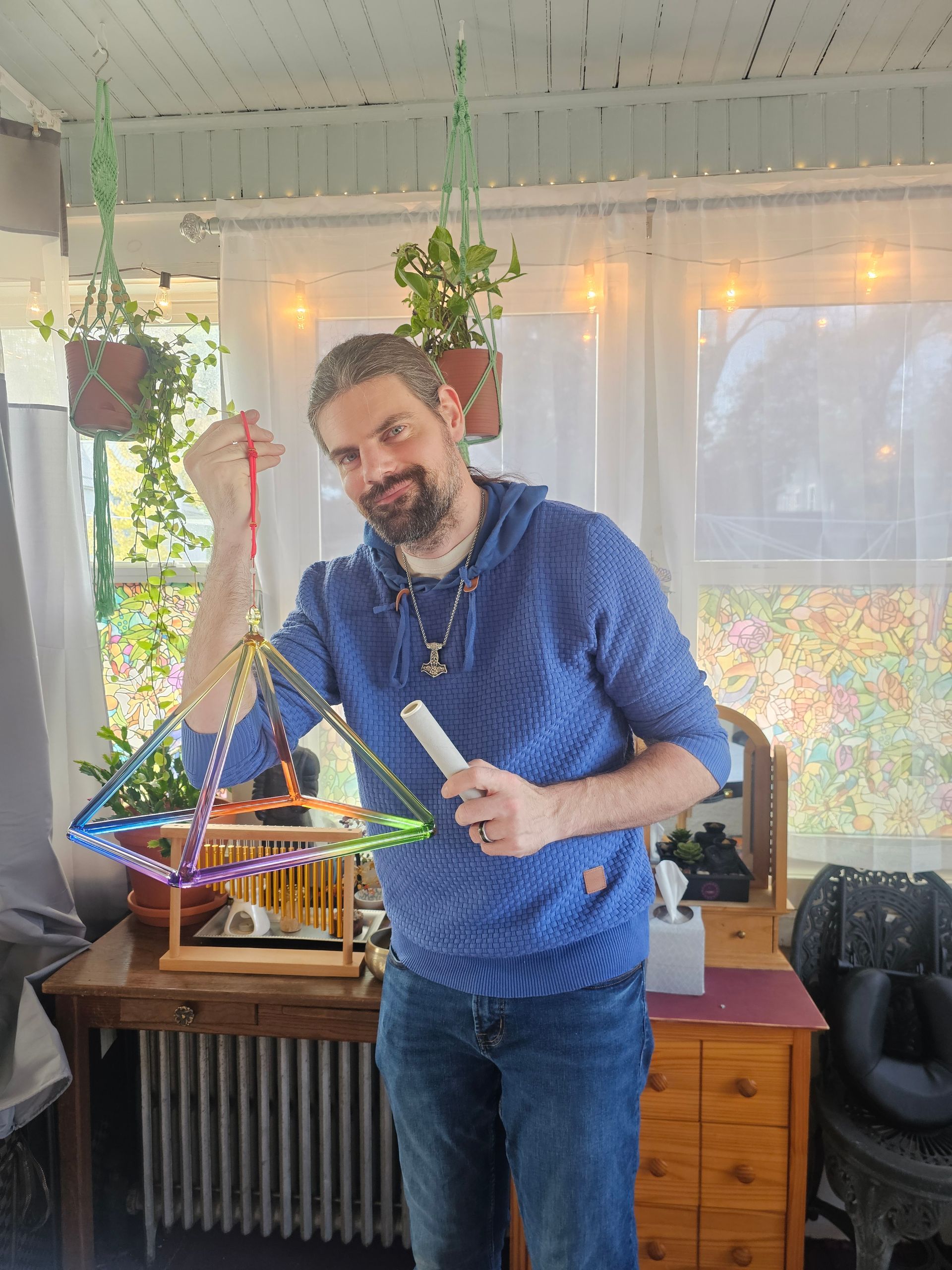

The Chakra Tuner: Personalized Sound Healing from the Expert!
I offer transformative sound healing experiences designed to balance, align, and restore harmony to your energetic system using the ancient wisdom of the chakra system, combined with the powerful vibrations of tuning forks, singing bowls, singing pyramids, and other sacred instruments. My healing sessions are tailored to meet your unique needs, promoting deep relaxation, emotional release, and energetic renewal.
Individualized Sound Healing Sessions
Each session is customized to your specific needs and energetic blockages. We use a combination of instruments, including:
- Tuning Forks: Precisely tuned to correspond with each of the seven main chakras, tuning forks are used to restore balance and stimulate energy flow throughout the body. Other tuning forks tuned to the frequencies of the organs, brain waves, or even meridians are also used in their respective sessions.
- Singing Bowls: These crystal and metal bowls emit a rich, resonant sound that deeply harmonizes with the body’s energy field, facilitating relaxation and emotional release.
- Singing Pyramids: These unique instruments create powerful sound vibrations that help to amplify energy healing, aligning your chakras and enhancing spiritual clarity.
- Other sacred instruments: Chimes, Wah Wah tubes and even voice has an effect on our bodies and can be used to restore balance and have a relaxing effect.
Chakra Alignment & Reiki Integration
My sound healing sessions are combined with Reiki energy work, a gentle and effective healing technique that promotes the flow of universal life force energy through the body. Reiki enhances the effects of sound healing by clearing energetic blockages, allowing the sound frequencies to penetrate deeper into your body and energy system. This holistic approach helps to clear stagnant energy, release emotional tension, and bring you into alignment with your highest potential.
I believe that the body is naturally designed to heal itself when given the right conditions. Through the gentle yet powerful resonance of sound and energy work, I guide you on a journey of self-discovery, healing, and transformation. Whether you're seeking balance, relief from stress, or spiritual clarity, my services are designed to help you reconnect with your true essence and restore harmony within your body, mind, and spirit.
Book your session today and experience the healing magic of sound!
Ideal For:
Spiritual Growth & Connection
Emotional Healing & Stress Relief
Pain Management & Reduced Physical Discomfort
Deep Relaxation & Mental Clarity
Sound Healing
What is Sound Healing?
Sound Healing is a powerful therapy that combines different healing sounds, music, and sound healing instruments to improve our multidimensional well-being by creating a beautiful experience where all layers of our luminous energy field (body, mind, soul, spirit) are awakened gently and lovingly.
Sound Healing is highly effective at triggering our relaxation response, which counters the many symptoms caused by chronic stress, while helping to balance our whole being.
Sound Healing Instruments that are easy to play can be applied both on the body and off-the-body, whilst also incorporating vocal sounds and tones.
Sound Therapy techniques are delivered using instruments such as crystal singing bowls, chimes, singing pyramids, tuning forks, and more, both during a one-on-one sound healing session or sound bath.
Where does Sound Healing Come From?
Sound healing can be traced back to the ancient cultures of Tibet, China, India, Latin America, Africa, and even Europe in ancient Greece. In these cultures, the sound was used for ceremonies and as a way to heal various physical, mental, and emotional ailments. Australian aboriginal tribes used the didgeridoo as a sound healing instrument for over 40,000 years. In Tibet, the singing bowl has been used for centuries in spiritual ceremonies.
Sound meditation is a form of focused awareness type of meditation. One kind that has become more popular is called “sound baths,” which uses Tibetan singing bowls, quartz bowls, and bells to guide the listener. These practices highlight themes of how the experience of sound manifests not only through hearing but through tactile physical vibrations and frequencies.
Does it Work?
Science is still catching up to understanding how sound heals, but the current research is promising. A review of 400 published scientific articles on music as medicine found strong evidence that music has mental and physical health benefits in improving mood and reducing stress. In fact, rhythm in particular (over melody) can provide physical pain relief.
One study published in the Journal of Evidence-Based Integrative Medicine found that an hourlong sound meditation helped people reduce tension, anger, fatigue, anxiety, and depression while increasing a sense of spiritual well-being. People who had never done sound meditation experienced significantly less tension and anxiety afterward, as well as those who had done it before.
One study of people with fibromyalgia found that ten treatments (twice per week for five weeks) of low-frequency sound stimulation improved sleep and decreased pain, allowing nearly three-fourths of participants to reduce pain medication.
How Does It Work?
There are many different theories that attempt to explain why sound experiences can be linked with deep relaxation and physical pain relief:
One theory is that sound works through the vibrational tactile effects on the whole body. Sound could stimulate touch fibers that affect pain perception.
Another theory on the benefits of sound rests on the concept of “binaural beats” or “brain entrainment” which hypothesizes that listening to certain frequencies can synchronize and change one's brainwaves. Electrical activity in the brain is displayed in the form of brainwaves, or rhythmic, repetitive frequencies. These rhythms can be measured using a device called electroencephalogram (EEG).
There are four categories of brainwaves, which range from frequencies that occur during the most activity (beta) to the least activity (delta). Different states of alertness and consciousness in different parts of the brain generate varying frequencies of brainwaves.





What to expect during a Chakra Tuning Session
I begin my sessions by introducing myself and answering any questions you might have. I will ask some questions about any conditions you want me to provide healing energy towards.
I will set our sacred intentions and open sacred space for our healing session by calling on any spiritual guides or deities that you would like me to call upon.
I will then proceed to use tuning forks corresponding to each chakra to attune each chakra to the proper frequency. After that, I will use either a crystal singing bowl or a combination of chimes as is appropriate to your individual condition. I will incorporate any healing instruments that feel appropriate during this time. To close, I like to ring a crystal singing pyramid from head to toe, to ensure your energy is balanced and flowing.
After that I will close the session and we can unpack anything you may have experienced.
"What might I experience during a Sound Healing Session?"
- Warming or Cooling Sensation
- Resonance
- Emotional Release
- Sense of Relaxation
- Feeling of Waves
- Meditative State
- Feeling Tired or Sleepy
- Clarity
- Sensation of Energy Movement
- Pain Reduction
- Reduced Muscle Tension
- Improved Circulation, Digestion, and Respiration
- Ability to Focus
- Increased Energy and Vitality
- Less Fatigue and Depression
- Intensification of All Senses
- Muscle twitching
- Shaking
- Tingling
- Buzzing
- Flushing and Blushing
- Visualization of colors or memories
- Lightness, floating sensations
- Itching
- Need to go to the bathroom
- Pins and needles sensations which can be an indication of stagnant energy.
- Yawning, and sighing.
- Sensations of physical, emotional, and energetic release.
- Unexpected Feelings or Thoughts
- Laughter
Human Organ Tuning
Harmonize Your Body’s Frequencies
This specialized sound healing session uses Barbara Hero’s 15-tuning fork set, each precisely tuned to the natural resonant frequency of a major organ in the body. By applying these vibrational frequencies, we help restore harmony and balance to your organs’ energetic fields, promoting deep relaxation and energetic alignment.
How It Works:
- Gentle, non-invasive tuning forks are activated and placed near or on the body (over clothing).
- Each fork corresponds to a specific organ (e.g., liver, heart, lungs) to encourage vibrational coherence.
- May be combined with Biofield or Chakra Tuning for a full-spectrum energy balancing session.
Benefits:
- Supports energetic detoxification & organ vitality
- Encourages mind-body harmony
- Deepens meditation & somatic awareness
- Complements holistic wellness practices
Note: This is a spiritual wellness service, not a medical treatment. It is not intended to diagnose, treat, or cure any physical condition.
Brain Wave Tuning
Harmonize Your Mind’s Frequencies
Experience deep relaxation, mental clarity, and emotional balance with Brain Wave Tuning, a specialized sound therapy session that uses five precision-calibrated tuning forks to regulate and optimize your brain’s natural frequencies.
How It Works:
- Brain Wave Tuning – Harmonize Your Mind’s Frequencies
- The vibrations help guide your brain into desired states—whether for deep relaxation, focused alertness, or meditative calm.
- Can be combined with Biofield, Chakra, or Meridian Tuning for a full-system energy reset.
Benefits:
- Supports stress reduction & nervous system regulation
- Enhances focus, creativity, and mental clarity
- Promotes restful sleep and deep meditation
- Balances mood and emotional resilience
Note: This is a spiritual and energetic wellness practice, not a medical treatment. It is not intended to diagnose, treat, or cure any neurological or psychological conditions.
Meridian Tuning –
Harmonize Your Body's Energy Pathways
Restore optimal energy flow with Meridian Tuning, a targeted sound therapy session that uses 14 precisely calibrated tuning forks to balance your body's meridian system – including all 12 organ-associated meridians plus the Ren and Du extraordinary vessels.
How It Works:
Specially tuned forks are activated along meridian pathways and acupoints
Vibrations help release blockages and restore smooth Qi (energy) movement
Can be combined with Chakra or Organ Tuning for comprehensive energy work
Benefits:
Enhances vitality and overall energy flow
Supports emotional balance and stress relief
Complements acupuncture and other energy therapies
Promotes deep relaxation and mind-body connection
Note: This is a spiritual and energetic wellness practice, not a medical treatment. It does not diagnose or treat specific health conditions.
PEMF + Tuning Combo – Ultimate Energy Upgrade
Experience deep relaxation, mental clarity, and emotional balance with Brain Wave Tuning, a specialized sound therapy session that uses five precision-calibrated tuning forks to regulate and optimize your brain’s natural frequencies.
How It Works:
- Brain Wave Tuning – Harmonize Your Mind’s Frequencies
- The vibrations help guide your brain into desired states—whether for deep relaxation, focused alertness, or meditative calm.
- Can be combined with Biofield, Chakra, or Meridian Tuning for a full-system energy reset.
Benefits:
- Supports stress reduction & nervous system regulation
- Enhances focus, creativity, and mental clarity
- Promotes restful sleep and deep meditation
- Balances mood and emotional resilience
Note: This is a spiritual and energetic wellness practice, not a medical treatment. It is not intended to diagnose, treat, or cure any neurological or psychological conditions.

Reiki Is Better Than Placebo and Has Broad Potential as a Complementary Health Therapy
"The available English-language literature of Reiki was reviewed, specifically for peer-reviewed clinical studies with more than 20 participants in the Reiki treatment arm, controlling for a placebo effect. Of the 13 suitable studies, 8 demonstrated Reiki being more effective than placebo, 4 found no difference but had questionable statistical resolving power, and only one provided clear evidence for not providing benefit. Viewed collectively, these studies provide reasonably strong support for Reiki being more effective than placebo. From the information currently available, Reiki is a safe and gentle “complementary” therapy that activates the parasympathetic nervous system to heal body and mind. It has potential for broader use in management of chronic health conditions, and possibly in postoperative recovery. Research is needed to optimize the delivery of Reiki."
McManus DE. Reiki Is Better Than Placebo and Has Broad Potential as a Complementary Health Therapy. J Evid Based Complementary Altern Med. 2017 Oct;22(4):1051-1057. doi: 10.1177/2156587217728644. Epub 2017 Sep 5. PMID: 28874060; PMCID: PMC5871310.
Anxious Feeling Reduction
Stress Relief
Reduced Pain Perception
Enhanced Sense of Wellbeing
What is Reiki?
Reiki is an energy healing technique in which a Reiki master (who has undergone formal training in this healing art) uses gentle hand movements with the intention to guide the flow of healthy energy (what’s known in Reiki as life force energy) through the client's body to reduce stress and promote healing.
Reiki therapy is a way of guiding energy throughout the body to promote the recipient’s self-healing abilities, according to the National Center for Complementary and Integrative Health (NCCIH). The Reiki belief system and that of the practitioner is that they don’t cause the healing, nor are they the source of that healing energy; they’re a channel for the energy — similar to the way a garden hose acts as a channel for water, according to a past review.
The word “Reiki” is a combination of two Japanese words: “rei,” which means “God’s wisdom,” or “the higher power,” and “ki,” which means “life force energy,” according to the International Center for Reiki Training.
“Ki is the life force energy that animates all living things,” says Joan Maute, a licensed Reiki master teacher who practices in Waikoloa, Hawaii, and Charlottesville, Virginia. Put together, and “rei” and “ki” mean “spiritually guided life force energy,” notes the International Center for Reiki Training.
Reiki is taught according to the Japanese tradition of the sensei (teacher), who passes the knowledge to the student through attunement, an initiation ceremony that is thought to help open the student’s energy channels to facilitate the flow of healing energy, and potentially help improve health, according to past research. Once opened, these channels remain accessible to the practitioner for the rest of their life, per the International Center for Reiki Training.
“[Reiki] is a spiritual practice, like meditation is a spiritual practice,” says Pamela Miles, a New York City–based Reiki master and researcher who has collaborated with the medical schools at Harvard and Yale universities to develop Reiki programs there. Reiki, despite its spiritual components and roots, may be and is often used therapeutically (more on this later), including in a secular way.
It’s not a religion and is not associated with religious practice.
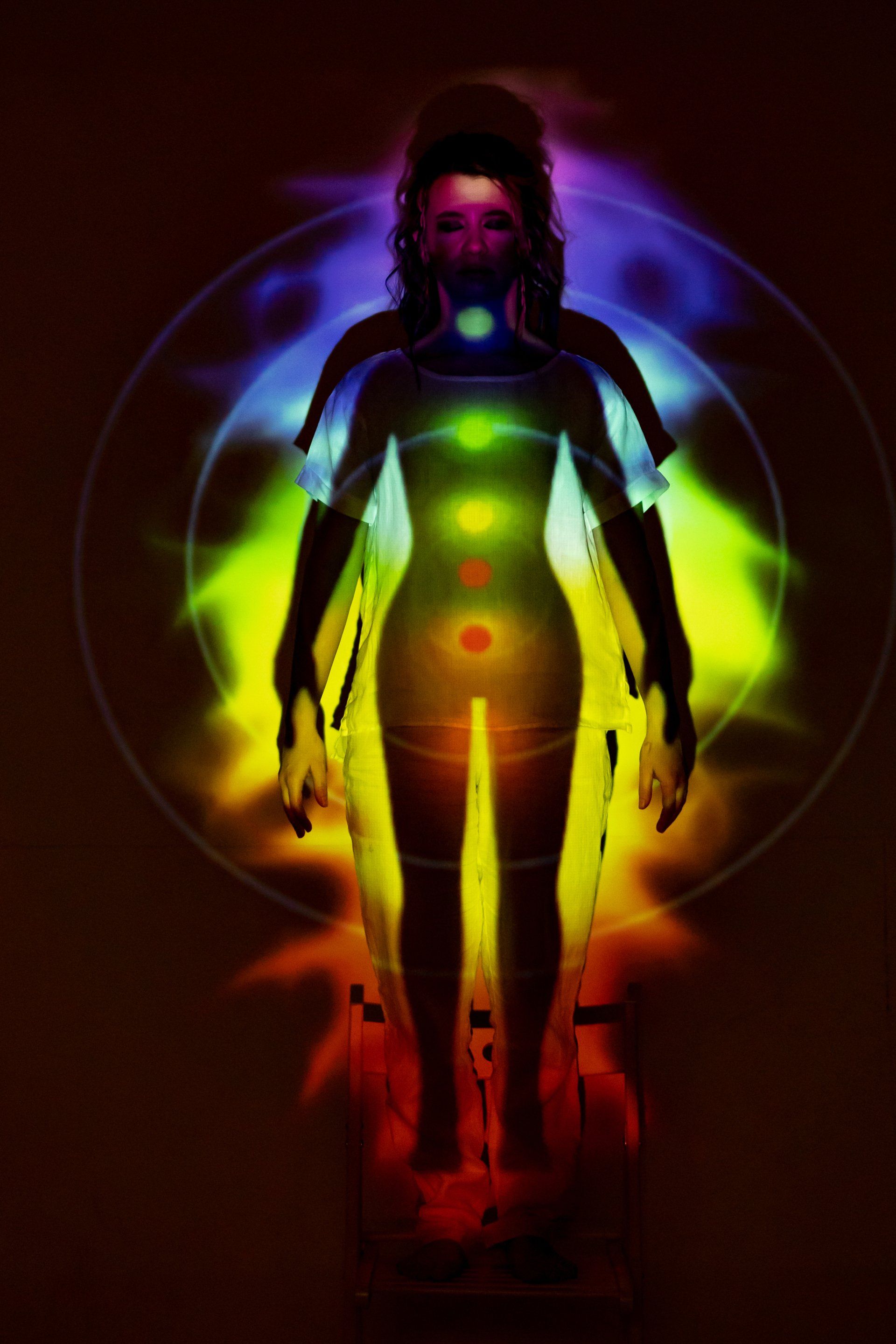
PEMF, PHOTONLIGHT & CHAKRA MAT
The PEMF, Infrared Chakra Mat is designed to help restore balance to the body's natural biorhythm and frequency. The mat provides both physical and emotional benefits along with Chakra energy clearing.
Energetically it helps to ground and rebalance your energy whilst releasing negative energy and physical tension from the body. With a combination of PEMF (Pulsed Electro-Magnetic Field Therapy), therapeutic infrared heat, red light therapy, and negative ions; the mat helps create relaxation and restoration for the mind, body and soul.
PEMF Therapy
The PEMF utilizes electromagnetic coils, which assist in clearing any negative electrical energy from the body whilst slowing down the brain waves to induce a relaxed state. This helps to release tension in the body, reduce fatigue and restore mental clarity.
The PEMF used is the same frequency as the Earth. This naturally resonates with the body’s own frequency and biorhythm and whilst utilizing grounding energy.
Photonlight Therapy - Red Light & Infrared Therapy
Photonlight therapy is a non-invasive way to help manage pain and stimulate your body's healing power. It utilises both Infrared (not visible) and Red light (visible) therapy. The infrared can penetrate 8-10 cm into the body safely with a natural analgesic effect and helps to increase endorphins which can assist with pain management.
Photonlight is widely used in various human medicine. Clinical studies have proven that light energy and photon light is able to reduce pain and inflammation.
PEMF Potential Benefits
- Supports muscular-skeletal health
- Cellular function
- Pain management
- Depression relief
- Help to clear negative energy and reset your energy field
Potential Infared Therapy Benefits:
- Pain reduction
- Improved circulation and lymphatic drainage
- Increased Nitric Oxide production to support mitochondria function and cellular energy.
- Reduce symptoms of Seasonal Affective Disorder (SAD)
- Support muscle and joint health by reducing stiffness, muscle tension and improved injury recovery
- Immune health
- Reduced inflammation
- Calming and soothing effect
Potential Benefits of Negative Ion Therapy
- Neutralized free radical damage which causes oxidated stress leading to inflammation and aging.
- Supports cell metabolism
- Supports immune system
- Helps to relax the mind & body
- Impoves sleep quality
- Supports mental and physical energy
- Helps to rejuvenates and recharge the body
Potential Benefits of Red Photon Light Therapy
- Boost circulation
- Supports skin & tissue health via collagen production
- Improved skin repair and healing
- Increased cellular energy
- Reduces pain and inflammation
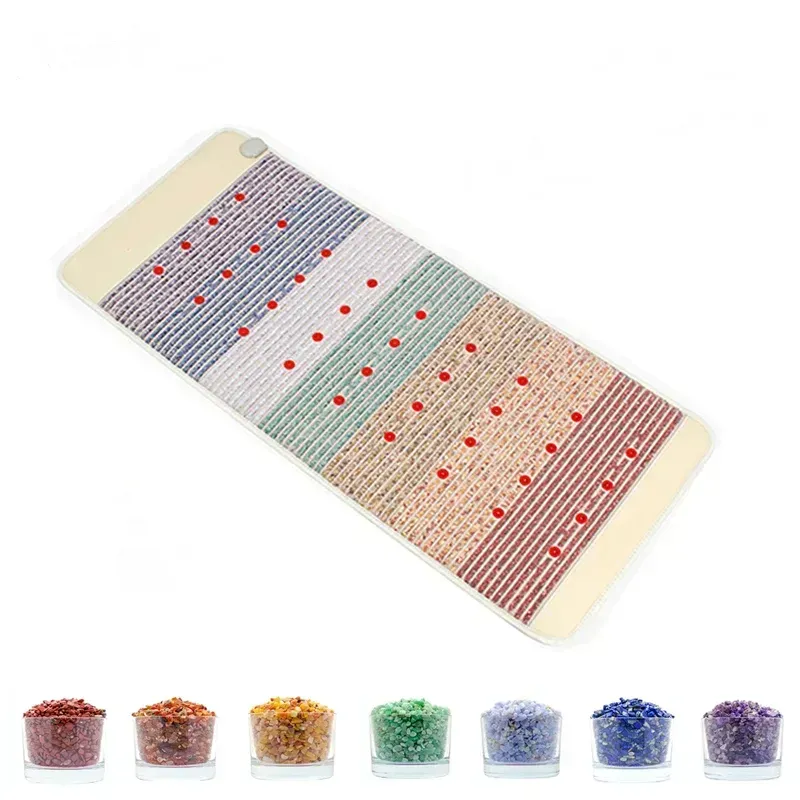
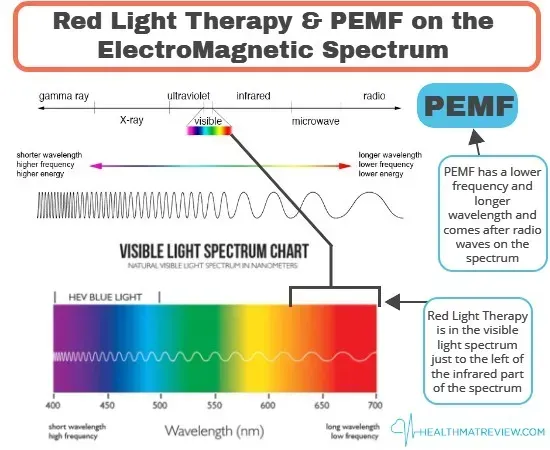

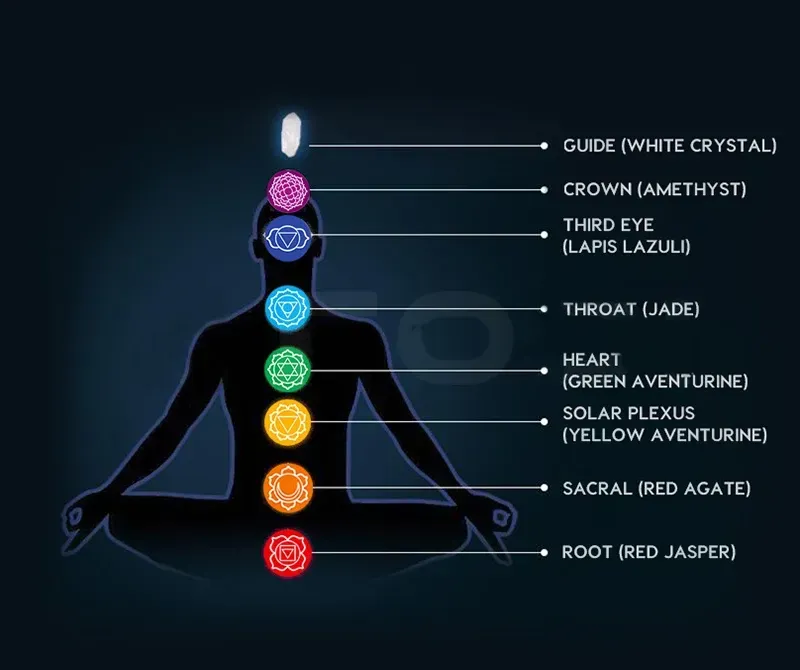
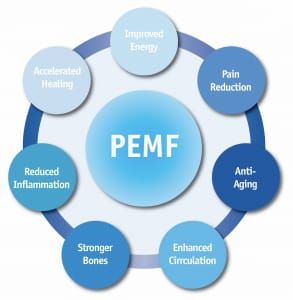
Contraindications
Please be aware that if you have ANY of the following conditions you should consult your doctor before using:
- Pacemaker
- Epilepsy / seizures
- Hemophiliacs / hemorrhage
- Organ Transplant
- Pregnancy / nursing

